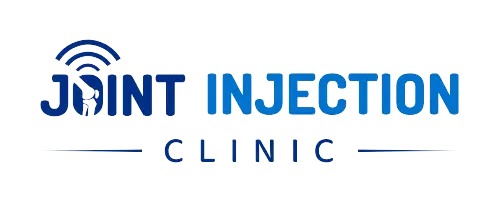Calf Tears: Causes, Symptoms, and Treatment
Reviewed By – Dr. Sameer Gohir
PhD, MSc, PG Cert MSK ultrasound, PG Cert. Non-Medical Prescribing, MCSP, MAPPN
What Is Calf Tears?
A calf tear, often referred to as a calf strain, is an injury to one or both of the muscles in the back of the lower leg: the gastrocnemius and the soleus. These muscles play a crucial role in walking, running, and jumping, and are susceptible to injury due to sudden or excessive stress. Calf tears can range from minor strains to complete ruptures, significantly impacting mobility.
If calf pain or weakness from a muscle tear is affecting your ability to walk or stay active, you don’t have to manage it alone. With clinics near Kent and Essex, Joint Injection Clinic offers expert treatment to help you recover and get back to your daily activities confidently.

Common Causes of Calf Tears
Calf tears can occur due to a variety of reasons, often triggered by physical activity:
Symptoms of Calf Tears
Individuals with calf tears may experience various symptoms that can range in severity based on the extent of the injury:
How Is Calf Tears Diagnosed?
Diagnosing a calf tear typically involves a physical exam and patient history. A healthcare provider will assess the injured area for swelling, tenderness, and the range of motion. In some cases, imaging tests such as MRI or ultrasound may be required to determine the extent of the injury.
Treatment Options
Non-Surgical Treatment for Calf Tears
Most calf tears are managed conservatively, especially if they are not severe:
Advanced Treatment Options for Calf Tears
In cases of severe tears or ruptures (Grade 3 strains), where conservative treatments are insufficient, further interventions may include:
Prognosis
The recovery time for calf tears varies depending on the severity of the injury:
Prevention Tips
To reduce the risk of calf tears, consider taking the following precautions:
Conclusion
Calf tears can become a significant barrier to mobility and activity. Understanding the causes, recognizing symptoms, and adhering to effective treatment protocols can promote efficient healing and prevent future injuries. If you experience calf pain that interferes with activities, consult a healthcare professional for a personalized treatment plan.
Get Help for Calf Tears at Joint Injection Clinic
If a calf tear is causing pain, swelling, or difficulty walking, you don’t have to face it alone. At Joint Injection Clinic, our experienced team provides evidence-based treatments to reduce pain, support healing, and help you regain your mobility safely.
We welcome patients at all three of our clinics:
Dartford Clinic – ideal for those in Kent and South East London
Address: Unit 30, 1st Floor, The Base Dartford Business Park, Victoria Road, Dartford, DA1 5FS.
Romford Clinic – easily accessible from Essex and Greater London
Address: Room no 8, Alliance Office Space 2-4 Eastern Road, Romford, Essex, RM1 3PJ.
Canterbury Clinic – serving East Kent and surrounding areas
Address: 12-17 Upper Bridge Street, Canterbury, CT1 2NF, United Kingdom.
From ultrasound-guided assessments and targeted treatments to tailored physiotherapy and rehabilitation plans, our specialists can help you recover effectively and return to your normal activities with confidence.
